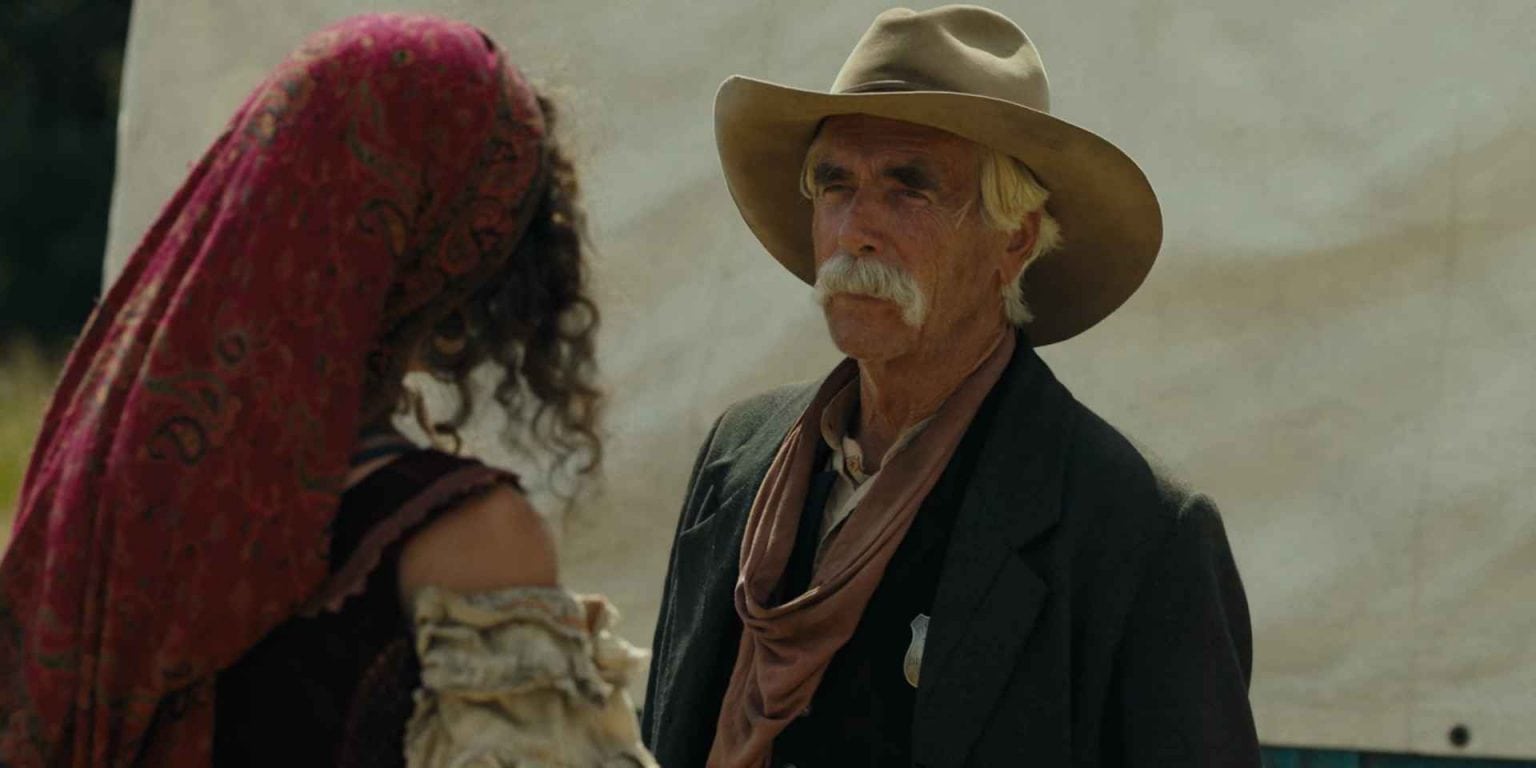Perhaps none of the programs in Taylor Sheridan’s renowned Yellowstone Universe has received more praise from critics than 1883. The prequel series chronicles the Dutton family’s journey to Montana and their early settlement on the property that would eventually become the home of Kevin Costner’s cattle dynasty.
However, one of the most interesting stories from the Native Americans that Dutton and Company meet along the route is one of the more captivating ones.
If any Yellowstone characters are deserving of a follow-up television series, it’s Sam and his gang of Comanche warriors from Martin Sensmeier.
It makes sense that some would want to see an 1883 follow-up on LaMonica Garrett’s character and his new family, or perhaps even a prequel that takes place in the years between the 1893 flashbacks shown in Yellowstone Season 4 and Tim McGraw and Faith Hill’s portrayals of James and Margaret Dutton.
However, there’s a far superior choice. Elsa (Isabel May) marries Sam, a Comanche warrior, after falling in love with him in 1883.
The demand for the sequel of show 1883
The Comanche Indians appear to captivate Taylor Sheridan. Throughout his body of work, they are frequently mentioned, most notably in the neo-Western crime film Hell or High Water. However, the peek of these people in exile that 1883 provides merely piques our curiosity.

There are plenty of reasons to go into detail about this specific set of individuals, not the least of which is the fact that they are typically presented as the antagonists in some of your favorite vintage Westerns. Even Revisionist Westerns like The Searches initially present the Comanches as the antagonists.
Subsequent Westerns, like the television-produced trilogy Black Fox, first portrayed the Comanche as adversaries who abduct and sell American homesteaders into slavery. That may have some historical foundation, but that isn’t the whole tale.
Ben Foster’s character says, “Enemies to everyone,” when asked what “Comanche” means in Hell or High Water, and it seems like a fitting description.
Although the Comanches’ dominance over the southern plains had come to an end by the time the Duttons would have passed through, they were historically a cruel tribe.
Historian S.C. Gwynne, author of Empire of the Summer Moon, highlighted that “there was even an attempt at one point to deny that Indians were warlike” (via NPR). Taylor Sheridan just bought the adaptation rights to this novel. “Comanches had an intensely combative air.
Everyone was swept off the plains in the South by them.” However, they ultimately lost when the American government let non-Native hunters eradicate the buffalo, which was the Comanche people’s primary source of wealth.

In 1883, there was a noteworthy contrast between the Dutton family’s migration north to establish their land empire in Montana and the Comanche people’s decline of their traditional way of life.
Naturally, the Duttons’ point of view dominates how we see these events, but Sam and Two Feathers’ perspectives on the same events may add even more authenticity to 1883.
The Yellowstone Universe does a fantastic job of illustrating the struggles associated with colonizing the American West, but it could easily delve deeper into the Native American legends that are woven throughout these stories. Although to be fair, Taylor Sheridan seems to be giving it his all, this is the reason we need an 1883 sequel series.





